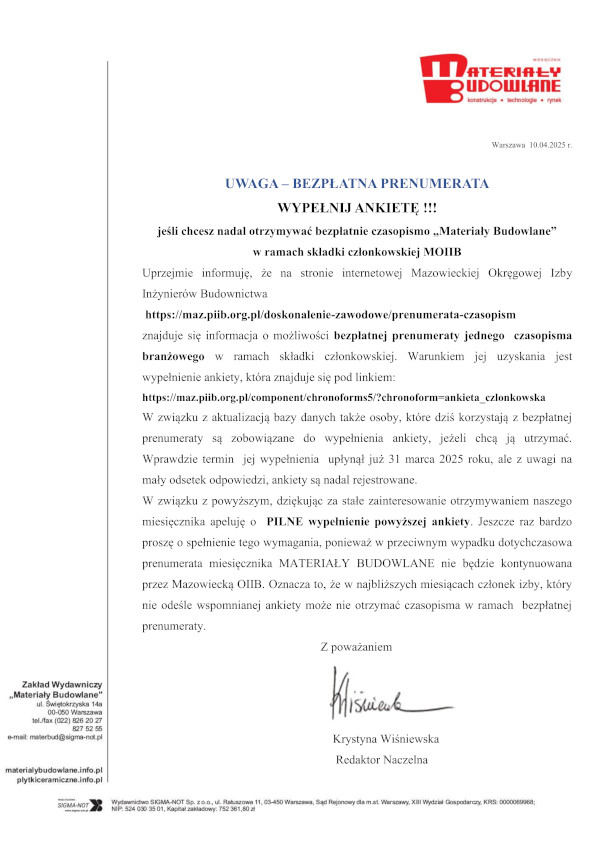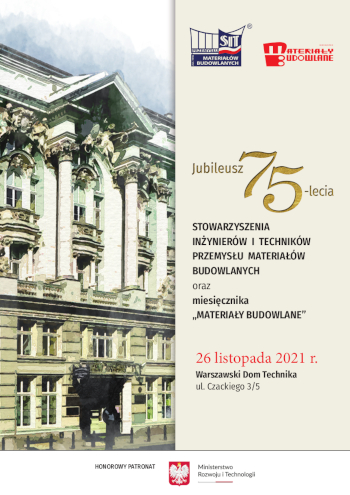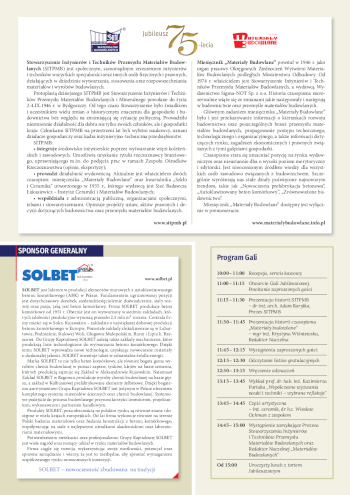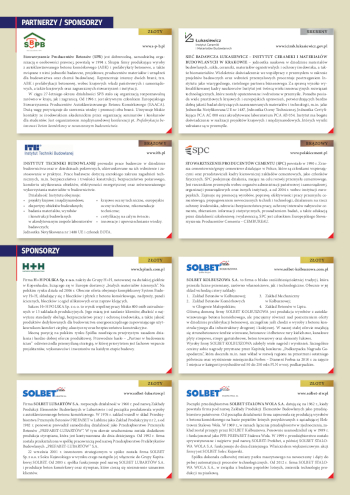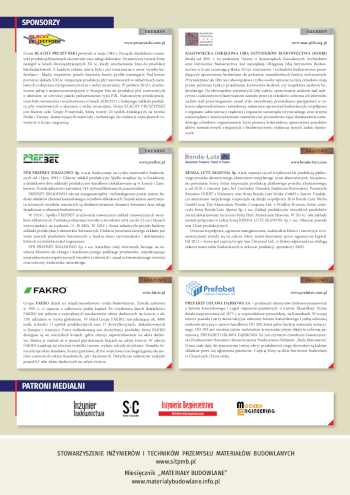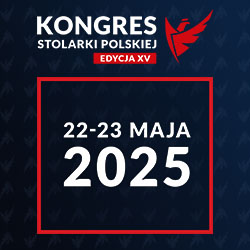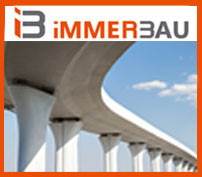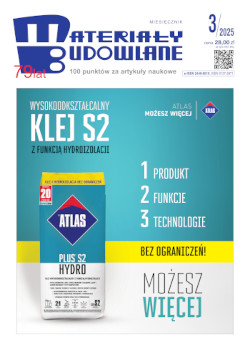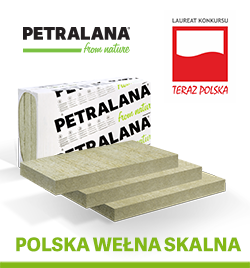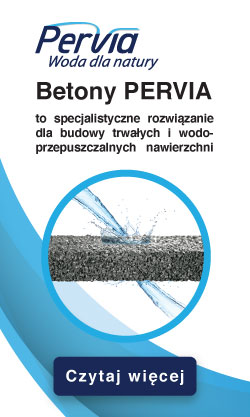dr inż. Paweł Krause, Politechnika Śląska; Wydział Budownictwa;
Adres do korespondencji: Ten adres pocztowy jest chroniony przed spamowaniem. Aby go zobaczyć, konieczne jest włączenie w przeglądarce obsługi JavaScript.
DOI: 10.15199/33.2018.09.17
Doniesienie naukowe
Streszczenie. W artykule omówiono wpływ defektów termicznych na rozkład temperatury powierzchni ścian zewnętrznych ocieplonych systemem ETICS. Nieprawidłowości związane z wykonaniem warstwy termoizolacyjnej wpływają w zróżnicowanym stopniu na zaburzenie pola temperatury na zewnętrznej powierzchni ścian. Do zdiagnozowania defektów cieplnych wykorzystano badania termowizyjne ścian zewnętrznych, a także narzędzia obliczeniowe, bazujące m.in. na metodzie elementów skończonych.
Słowa kluczowe: defekty termiczne; mostki termiczne; ETICS; izolacja cieplna; badania termowizyjne;modelowanie numeryczne.
Thermal defects on full walls insulated with ETICS
Abstract. This article presents the issues of the impact of thermal defects on the surface temperature distribution of the external walls with ETICS. Irregularities related to the implementation of the insulation layer is influenced in varying degrees on temperature field of disorder on the outer surface of the walls. Recognition of issues requires the use of thermal measurements of the external walls as well as computational tools based m.in. on the finite element method.
Keywords: thermal defects; thermal bridges; ETICS; thermal insulation; infrared thermography; numerical modeling.
Literatura
[1] Amaro Bárbara,Diogo Saraiva, Jorge de Brito,
Ines Flores-Colen. 2012. „Statistical survey of
the pathology, diagnosis and rehabilitation of
ETICS in walls”. Journal of Civil Engineering
and Management.
[2] Amaro Bárbara,Diogo Saraiva, Jorge de Brito,
Ines Flores-Colen. 2013. „Inspection and diagnosis
system of ETICS on walls”. Construction and
Building Materials (47): 1257–1267.
[3] Daniotti Bruno, Riccardo Paolini, Fulvio Re
Cecconi. 2013. „Effects of ageing and moisture
on thermal performance of ETICS cladding. Durability
of Building Materials and Components,
Building Pathology and Rehabilitation 3.
(pp. 127-171) Springer-Verlag Berlin Heidelberg.
[4] Krause Paweł, Tomasz Steidl. 2017. Uszkodzenia
i naprawy przegród budowlanych
w aspekcie izolacyjności termicznej. Warszawa.
Wydawnictwo Naukowe PWN.
[5] Krause Paweł, Tomasz Steidl. 2017. „Dylatacje
w systemach ETICS a izolacyjność termiczna”.
Izolacje (3): 38 – 42.
[6] Krause Paweł. 2017. „Wpływ anomalii i defektów
cieplnych na rozkład temperatury ścian
zewnętrznych”. Przegląd Budowlany (10):
15 – 18.
[7] Mandilaras Ioannis, IoannisAtsonios, George
Zannis,Maria Founti. 2014. „Thermal performance
of a building envelope incorporating ETICS
with vacuum insulation panels and EPS”. Energy
and Buildings 85: 654 – 665.
[8] Nardi Iole, Stefano Sfarra, Dario Ambrosini.
2014. „Quantitative thermography for the estimation
of the U-value: state of the art and a case
study. 32nd UIT Heat Transfer Conference”. Journal
of Physics: Conference Series 547.
[9] Nowak Henryk. 2012. Zastosowanie badań
termowizyjnych w budownictwie. Oficyna Wydawnicza
Politechniki Wrocławskiej.
[10] Orlik-Kożdoń Bożena, Artur Nowoświat,
Paweł Krause, Tomasz Ponikiewski. 2018.
„A numerical and experimental investigation
of temperature field in place of anchors in
ETICS system”. Constr. Build. Mater. (167):
553 – 565.
[11] Potrča Tadjo, Katja Rebec, Friderik Kneza,
Roman Kuničb, Andreas Legata. 2016. Environmental
footprint of external thermal insulation
composite systems with different insulation types.
Energy Procedia 96 (2016) 312 – 322. SBE16
Tallinn and Helsinki Conference; Build Green
and Renovate Deep.
[12] Żurawski Jerzy. 2014. „Wymagania w zakresie
EP a izolacyjność termiczna przegród”.
Izolacje (1).
Przyjęto do druku: 03.08.2018 r.
Materiały Budowlane 09/2018, strona 66-68 (spis treści >>)


